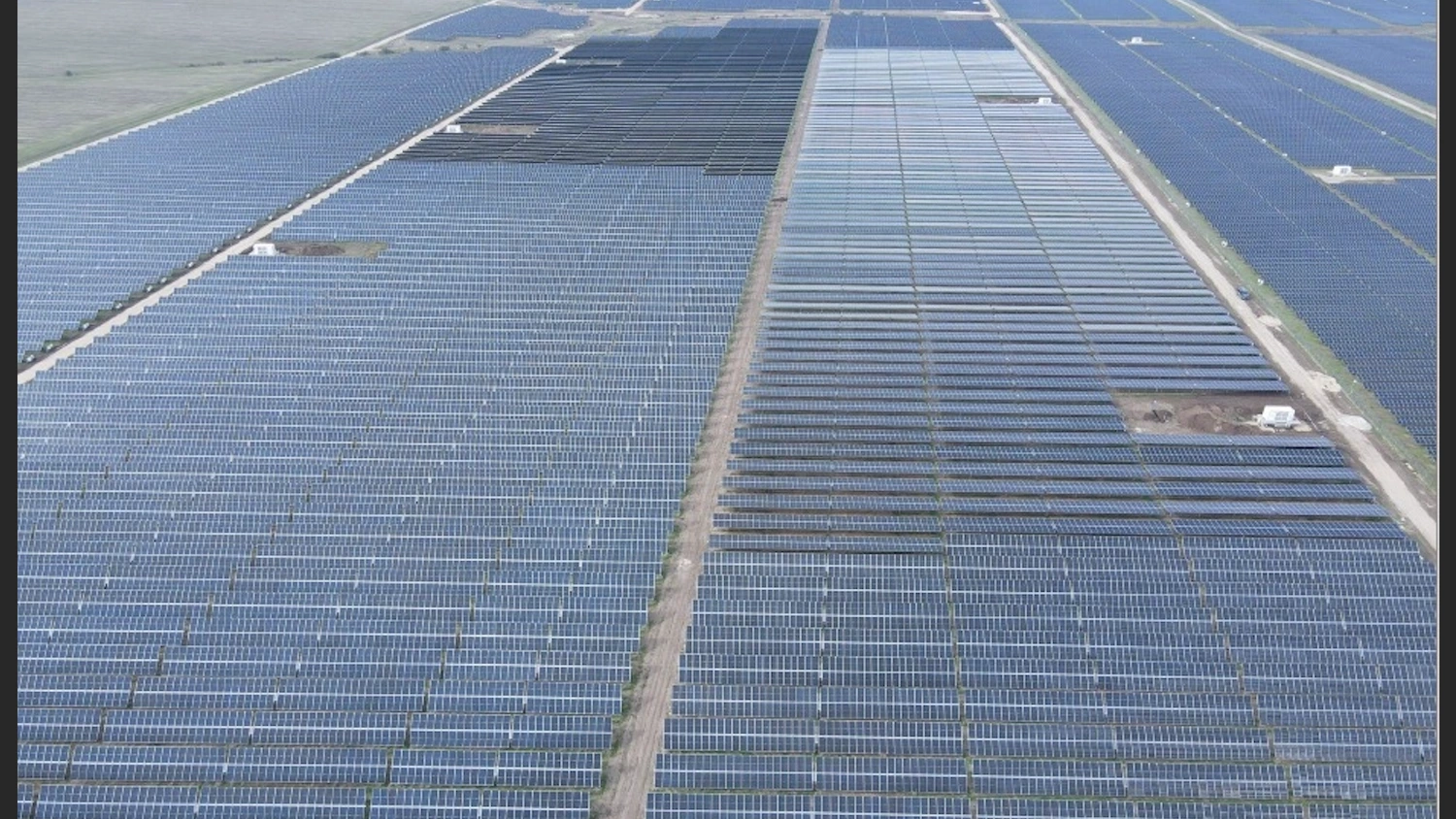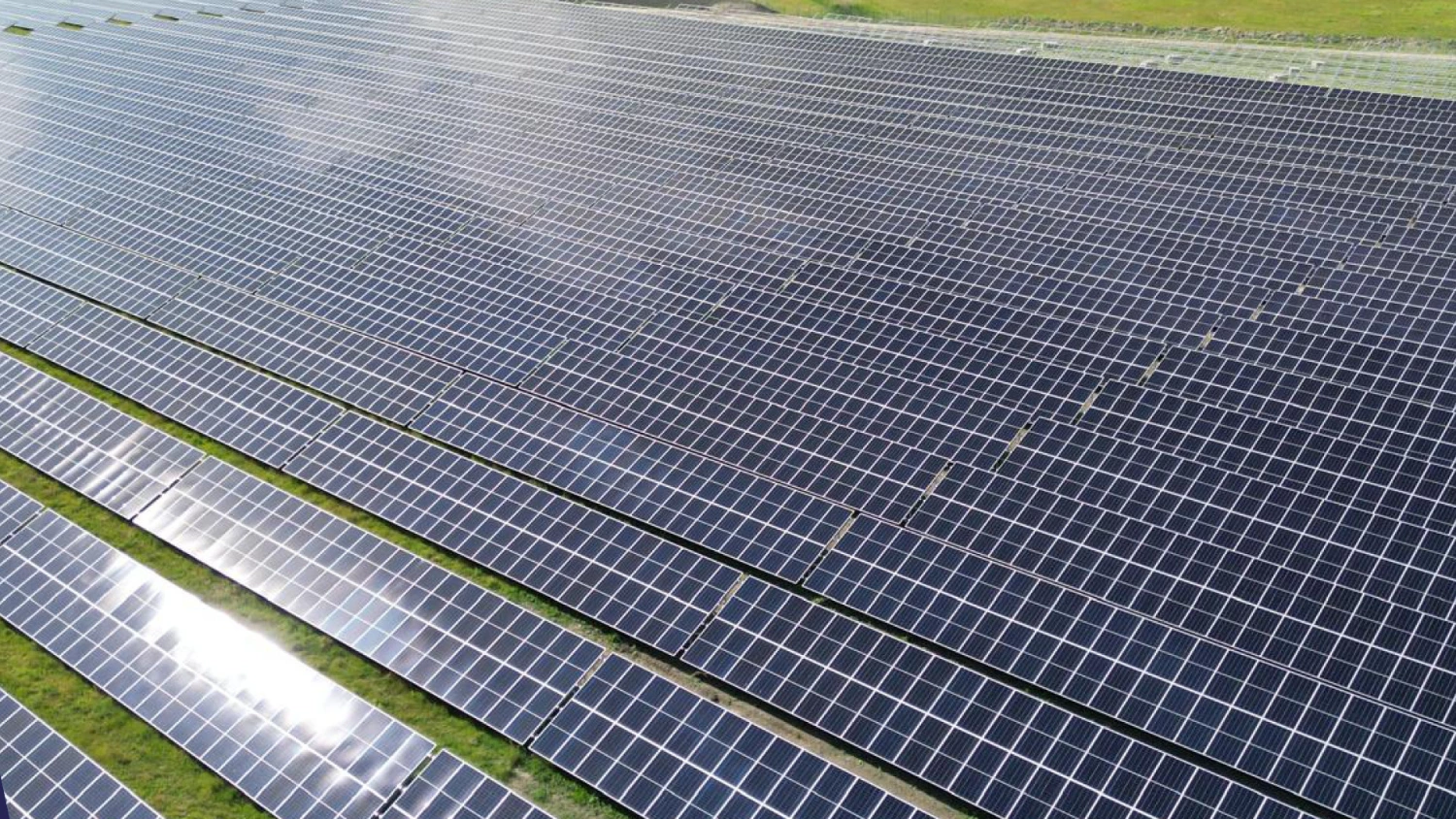The report, which draws on insights from the RENewLand Consortium, examines the country's progress in aligning with the European Union's revised Renewable Energy Directive (RED III).
RAAs are designed to streamline the permitting process for renewable energy projects in areas with minimal environmental impact, a crucial tool for meeting Europe's 2030 climate and energy goals.
The paper notes that while Romania has made progress with a draft framework for RAAs, the country continues to face significant challenges. The primary issues are grid limitations and insufficient administrative capacity.
Other barriers include low inter-ministerial coordination, a lack of a centralized spatial data platform, and financial constraints that have prevented the Ministry of Energy from formally beginning the RAA mapping process.
The report warns that these issues could threaten Romania's ability to meet its national renewable energy targets.
Key recommendations include establishing a permanent multi-stakeholder working group, using a GIS-based multi-criteria methodology for site selection, and prioritising the development of degraded land.
The consortium also emphasises the importance of aligning RAA plans with national grid expansion strategies and boosting local community participation.











